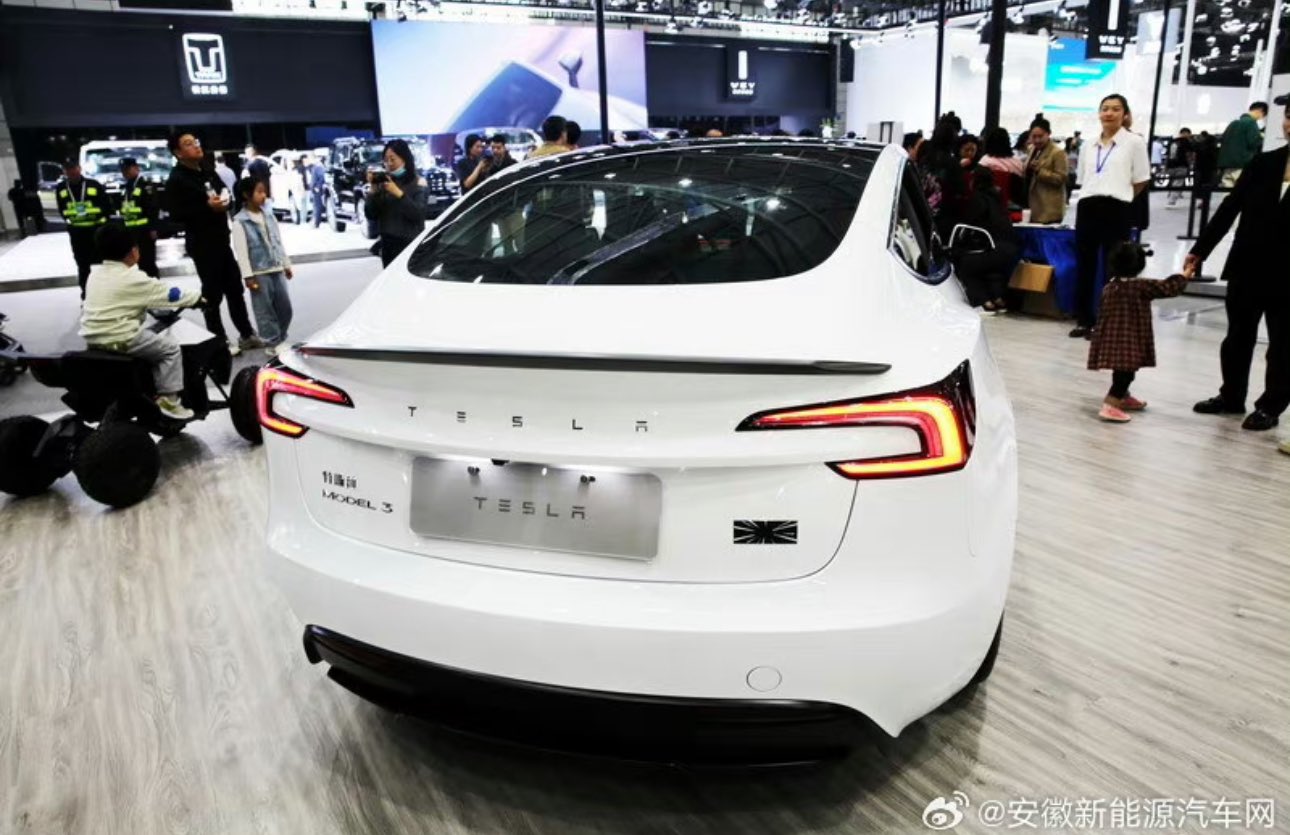Autonomous driving is gaining ground in China
[ad_1]
Lu Sen, Director of the Data Department of the Administrative Committee of Shanghai Lingang New Area, revealed that Nanhui New City is promoting a pilot project for Full Self-Driving (FSD) with 10 Tesla vehicles.
Full Autonomous Driving (FSD): What is it?
There Full Autonomous Drivingknown by the acronym FSD (Full Self-Driving), is an advanced technology developed by Tesla that allows a vehicle to drive itself, without human intervention. This technology relies on a combination of sensors, cameras, and artificial intelligence to navigate autonomously on the roads.
The Key Components of FSD
- Sensors : The sensors constitute the “eyes” of the vehicle, capable of detecting obstacles and changes in the nearby environment.
- Cameras : Located around the vehicle, they capture 360-degree images to provide a complete view of the surroundings.
- Artificial Intelligence (AI) : Used to interpret data collected by sensors and cameras, and to make decisions in real time.
The Importance of Pilot Testing in China
The pilot project in China, particularly in Nanhui New City, represents a major milestone for Tesla, as it is one of the first applications of Full Autonomous Driving on an urban scale in the country. This test takes place in a context where China is seeking to become a world leader in automotive technologies and where smart cities are multiplying.
Why Nanhui New City?
Nanhui New City, located in Shanghai, was chosen for this project particularly because of its modern urban infrastructure which can support large-scale trials. Additionally, Shanghai is known for its active support of technological innovation, making this city a strategic partner for Tesla.
The Benefits of Full Autonomous Driving
The potential benefits of FSD are numerous:
- Road safety : Significant reduction in road accidents caused by human errors.
- Traffic Optimization : Better management of traffic flows thanks to vehicles capable of communicating with each other.
- Accessibility : Offering mobility solutions for the elderly and people with reduced mobility.
The Challenges to Face
Despite its advantages, Full Autonomous Driving still needs to overcome several challenges:
- Social Acceptance : Users are still wary of autonomous vehicles.
- Regulation : Adaptation of legal frameworks to integrate this new technology.
- Technology : Continuous refinement of AI systems to achieve maximum reliability.
A promising future
In conclusion, if the tests in Nanhui New City prove successful, it could pave the way for wider adoption of Full Autonomous Driving in China and around the world. Collaboration between local authorities and companies like Tesla is crucial to advancing technological innovation in the automotive sector.
With continued support from governments and ever-improving technology, we could soon see an increasing number of autonomous vehicles on our roads, reducing accidents and making mobility more accessible to everyone.
[ad_2]
Source link


 Tesla FSD (Supervised) testing is getting closer in China!
Tesla FSD (Supervised) testing is getting closer in China!